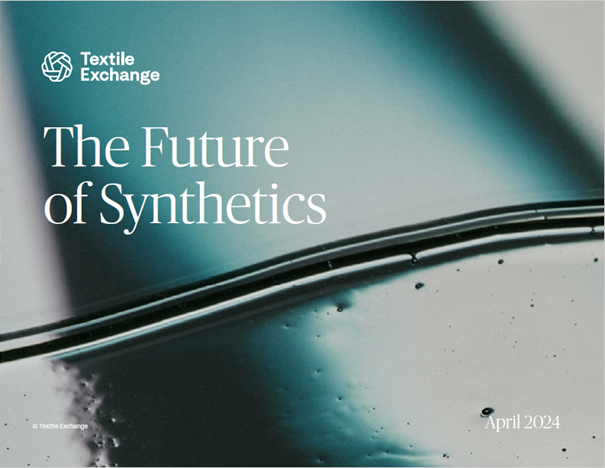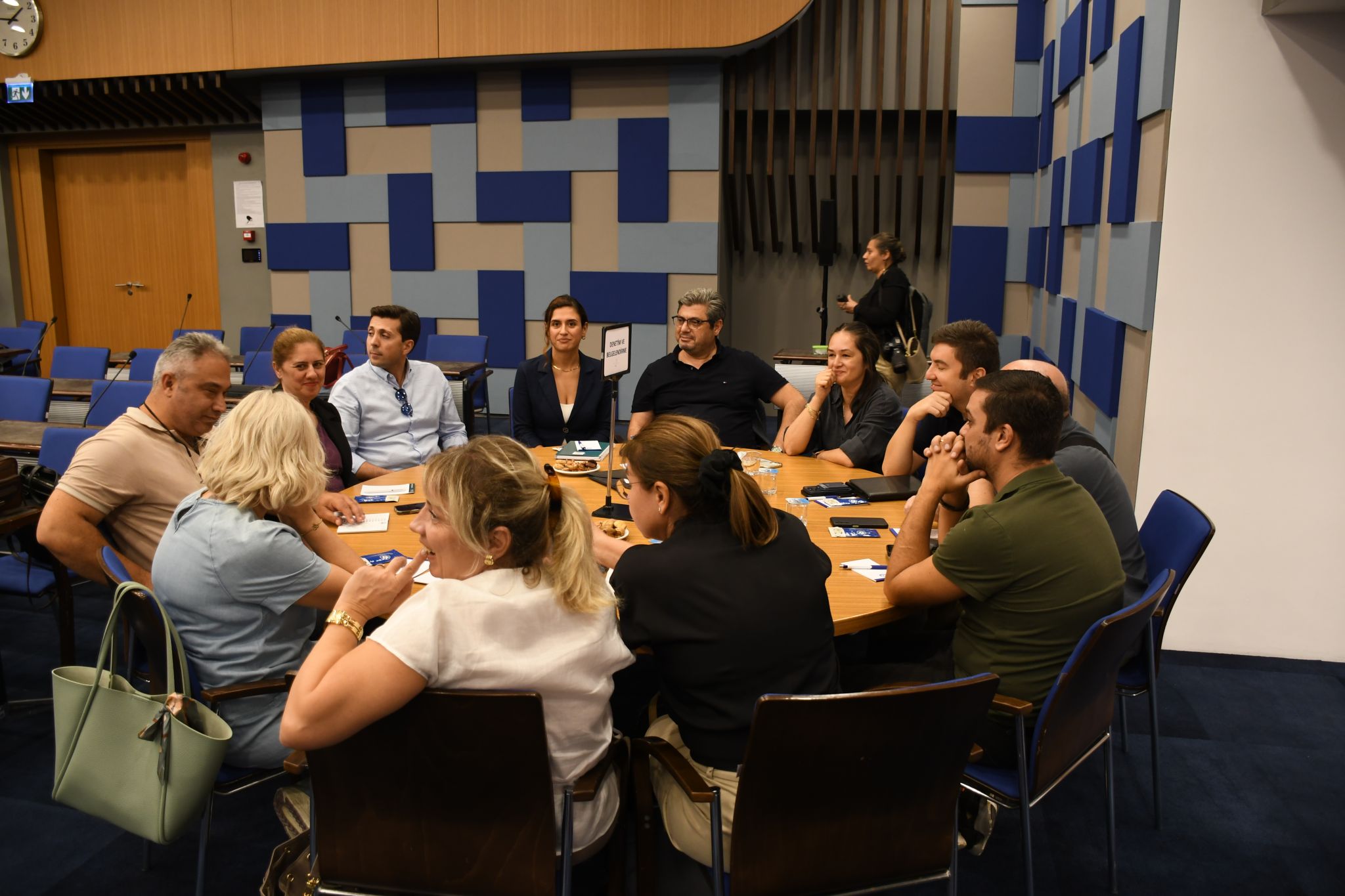Textile Exchange, with the support of external contractors, has released a comprehensive report, The Future of Synthetics, charting a transformative roadmap toward a more sustainable future for synthetic fibers in the textile industry. Here’s a closer look at the key takeaways and actions.
Key Findings:
- Textile-to-Textile Recycling
Current Landscape: Recycled polyester usage rose to 14% in 2022, primarily from PET bottles. However, there is an urgent need to scale up textile-to-textile recycling solutions.
Challenges: The report identifies a lack of access to quality feedstocks, complex material blends, and insufficient impact data as primary challenges.
Actions:
Set public targets for converting from virgin fossil fuel-based polyester to textile feedstocks.
Improve sorting and separation technologies.
Scale innovative recycling technologies and infrastructure.
- Biosynthetics
Current Innovations: Biosynthetics, such as biobased polyester and nylon, represent an alternative to fossil-based synthetics. However, most biosynthetics are only partially biobased, and fully biobased solutions need further development.
Challenges: Impact data gaps, blended composition complexities, and limited commercial scale hinder growth.
Actions:
Collaborate to develop fully biobased solutions.
Improve traceability and impact data for biosynthetics.
Educate stakeholders on the benefits and performance of biosynthetic materials.
- Carbon Capture
Emerging Solutions: Carbon capture technologies, including gas fermentation, electrochemical conversion, and direct air capture, have the potential to replace virgin fossil fuels in textile production.
Challenges: High energy intensity, a lack of impact data, and policy uncertainty are significant barriers.
Actions:
Innovate to replace fossil-based components in PET production.
Prioritize standards and certifications for CO2 removal.
Explore retrofitting carbon capture technologies in existing facilities.
Overall Recommendations:
Create Material Strategies: Commit to reducing reliance on virgin fossil fuels by transitioning to recycled or sustainably sourced renewable synthetics.
Offtake Agreements: Support innovations by committing to offtake agreements with supply chain partners.
Policy Engagement: Taking an active role in policy making and sharing information with policy makers.
Conclusion:
Textile Exchange’s The Future of Synthetics provides an actionable blueprint for the textile industry to reduce greenhouse gas emissions by 45% by 2030. The report encourages brands and stakeholders to actively contribute to developing a more circular, sustainable future by participating in Textile Exchange’s 2025 Recycled Polyester Challenge and joining its Round Tables.









